
|
|
|
|
|
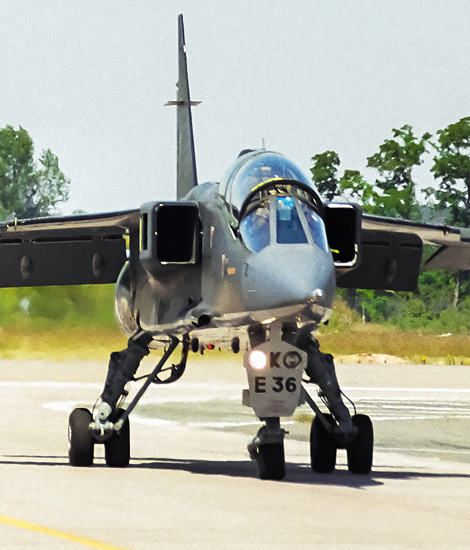
|
The Last Operational Jaguars in France; Saint-Dizier, June 18, 2000
La 7ème Escadron de Chasse, part 1; Text and Photograph's by Alex van Noye
Currently, Saint-Dizier is the only home base left of the French SEPECAT Jaguar fleet. The Jaguar is currently one of the most important ground attack fighters of the French Air Force. The Jaguar is at the end of its life time and will be replaced in the coming years by the modern Dassault Rafale at Saint-Dizier Air Base.
The SEPECAT Jaguar is a fighter-bomber which was developed at the beginning of the 1960s by a French-English partnership. The Jaguar was developed by Breguet and the British Aerospace Corporation. The aircraft manufacturers united for the development of the Jaguar in the Société Européenne de Production de l'Avion d'École de Combat and d'Appui Tactique (SEPECAT). The aircraft was primarily designed for giving ground support (close air support). Later versions of the Jaguar were also equipped for attack missions. In addition, the aircraft was used as a trainer. In France, the Jaguar had to be the replacement of the outdated French Lockheed T-33s T-Bird and the CM170 Fouga Magister and in England the replacement of the British Folland Gnat and the Hawker Hunter. The first prototype of the Jaguar flew on September 8, 1968. It was a two-seater variant which went supersonic for the first time in its third test flight. The aircraft was lost during the landing on March 26, 1970. The second prototype flew for the first time in February 1969. The first design would lead to the Jaguar A which entered service within the French AdlA. The British version of the Jaguar was eventually referred to as the Jaguar Gr1. There was also a prototype of the type Jaguar M in November 1969. This aircraft was equipped with a arrestor hook and a reinforced landing gear for a deck landing on a ship. The project was canceled after a number of good tests in 1973.
From 1973, the first Jaguars were delivered for the AdlA. A total of 160 single seat Jaguars and 40 dual seat Jaguars were purchased in France. The one-seater version of the Jaguar was designated in France as the Jaguar A and the two-seater variant was referred to as the Jaguar E. The Jaguar could carry along the conventional nuclear weapons the French nuclear AN-52 bomb. The French government did not use this, because only the Mirage IV was eventually used by the French Force de Frappe. The Jaguars did get a pre-strategic role. The Jaguars of EC7 at Saint-Dizier had to
|
|
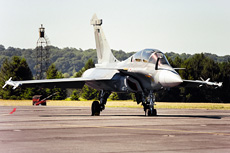
|
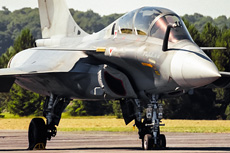
|

|
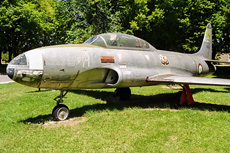
|
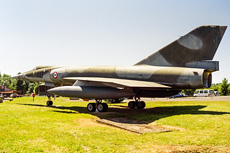
|
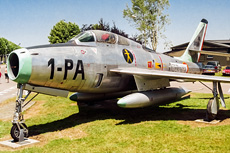
|
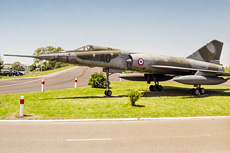
|
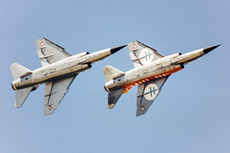
|
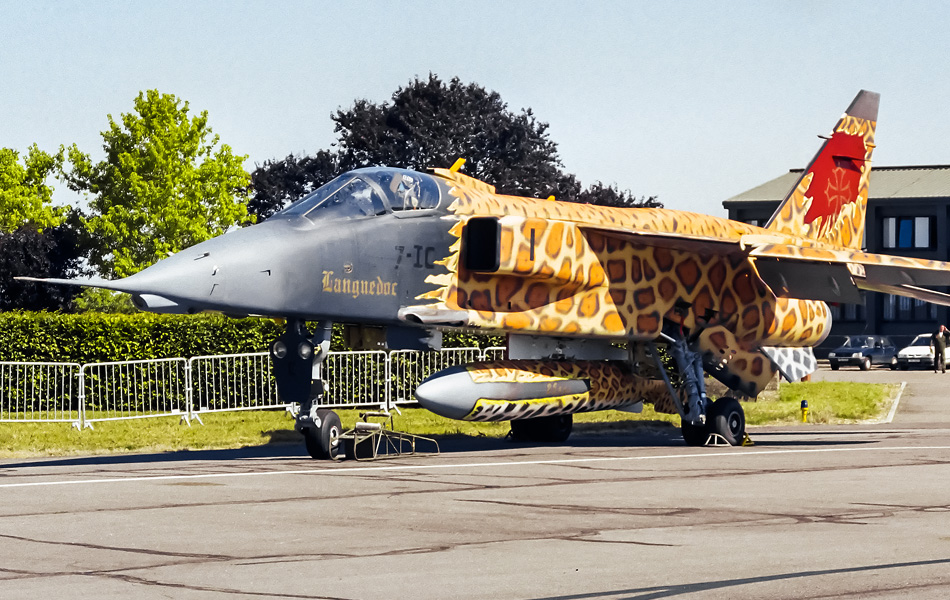
|
clear the way for the French strategic bombers in times of war. The AN-52 bomb was taken out of service in 1991 and the Jaguars of EC7 got a conventional task at that time. From then on the Jaguars were equipped with an ECM system and equipped with anti-radar missiles. The Jaguar also got a system to refuel in the air. The aircraft were deployed against enemy radar installations. In the 1970s the Jaguar was regularly stationed in Africa on a regular basis to represent the interests of France. The first operational deployment of the Jaguar was in December 1977 as part of the Operation Lamantin. In 1978, a quick reaction force was set up to support the French troops sent out worldwide. France had been involved in the Chad conflict for many years with 2000 men from the Force d'Intervention. Several helicopters and Jaguars were deployed to defend the center of Chad in 1978.
During Operation Manta, Jaguars were deployed to support military actions in Bangui in 1983. Later, the aircraft were based on N'Djamena International Airport in Chad. On January 25, 1984, Jaguars attacked a rebel convoy that had just looted the city of Zigey. An airplane was shot and the pilot was killed. Libya denied any involvement in this action and in 1984 the French troops were withdrawn as a result of an escalation agreement. The Libyans did not abide by the treaty and as a result, the Jaguars were again sent to Chad in 1986. Eleven Jaguars were involved in the actions protected by Mirage F1s during an attack on the Wadi Doum airfield. The airport was built by the Libyans in the north of Chad. The French Jaguars have bombed the airfield with BAP-100 anti-takeoff and runway bombs. Another attack was carried out by Jaguars against a Libyan radar installation with a Martel rocket. The Jaguars ensured that the Libyans could not sabotage anything in the area. France was not a member of NATO in the 80s and 90s. For that reason, the Jaguars of the French Air Force did not participate much in international campaigns such as the Gulf War and the Yugoslavian War. The Jaguars are nowadays in the last days of its career within the French Air Force. The aircraft are pretty "under powered" compared to the Mirage 2000. For this reason these more modern aircraft are more often used in French operations abroad than the Jaguars.
In total, France has had no less than nine Jaguar squadrons between 1977 and today. The units were divided over four airfields. At the first airfield was only one unit based who flew with the Jaguar. Between 1977 and 1987, the Escadron the Chasse 3/3 "Ardennes" flew with the Jaguar from Nancy Air Base. The second Jaguar base in France was Toul where it housed EC 11. This base has been closed for a long time now, but in the past it housed four Jaguar units. The fourth unit on Saint-Dizier was the Escadron de Chasse 4/7 "Limousin". This unit was established in April 1980 at Saint Dizier. The unit soon moved to Istress which became the third Jaguar base in France. The unit was dissolved in July 1989. The fourth and last Jaguar airbase in France is St-Dizier. This airfield is currently the only operational airbase with this type. Saint-Dizier was first used by French aviation in 1910. From 1913, the airport was also given a military task. In June 1940, St-Dizier was occupied by the German occupiers and this airfield was used by the Luftwaffe. After the occupation this airfield was taken over by the Americans in September 1944. From October in the same year, this airbase was used by fighter planes and reconnaissance aircraft of the Americans. At the end of the 1950s, Saint-Dizier was transferred to the French Air Force. In the mid-1970s, Saint-Dizier was equipped with modern shelters and the Mirage IV was stationed on this airbase. Later, the Mirage IV nuclear bombers would make room for the SAPECAT Jaguar from 1973 onwards. The jaguar is still stationed here today.
|

|
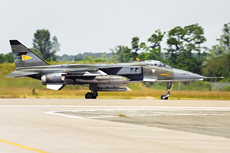
|
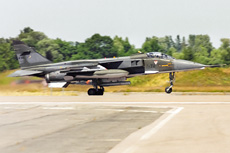
|

|
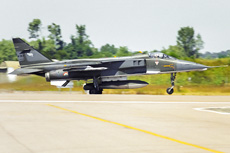
|
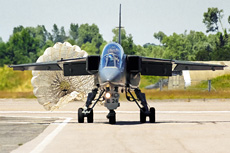
|
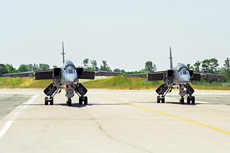
|
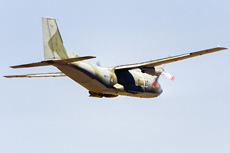
|
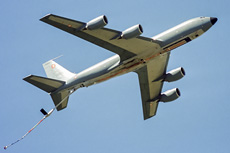
|
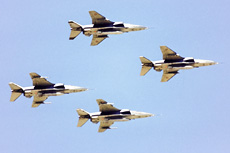
|
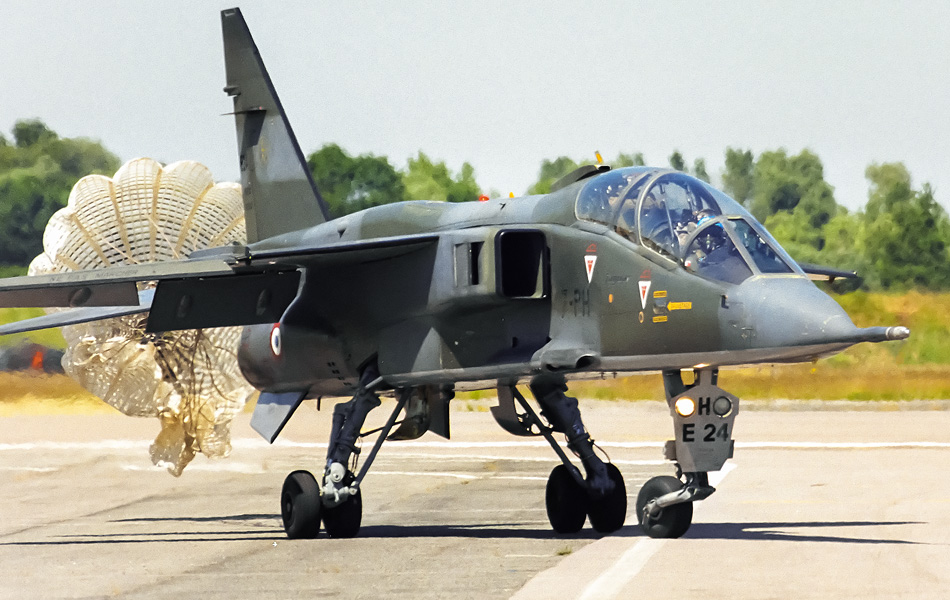
|
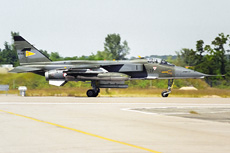
|
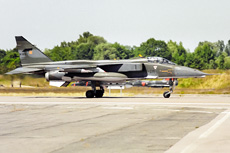
|
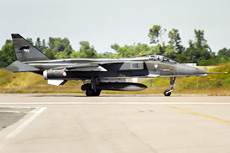
|
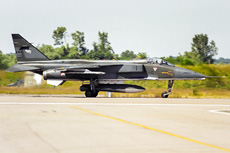
|
|
|

|







